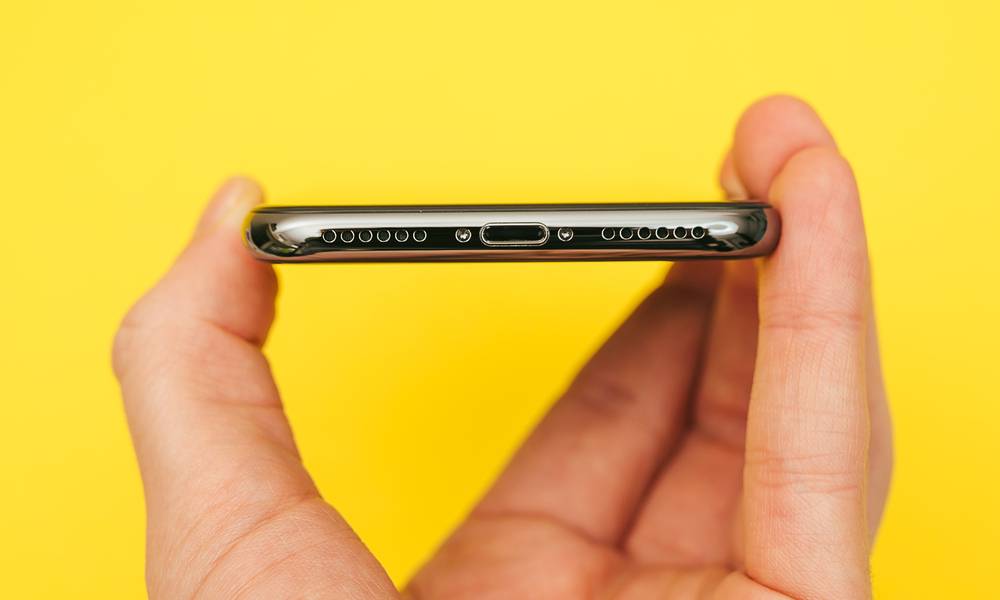Is Apple Killing the Lightning Port?
 Credit: A. Aleksandravicius / Shutterstock
Credit: A. Aleksandravicius / Shutterstock
Toggle Dark Mode
When Apple introduced the Lightning port to the world in 2012, it was a huge deal (for better or for worse). It was a smaller alternative to the 30-pin connector that had defined the iPhone and iPod for the previous decade and used only eight pins to transfer information. The Lightning connector was also easier to clean and less fragile than its predecessor. But it’s been eight years, and the iPhone has changed so much. It lost the headphone jack, and it lost the Home button. So why shouldn’t it lose the Lightning Port?
In 2017, Apple introduced users to wireless charging, becoming a built-in function in the iPhone 8. Not only is it easier to manage due to a lack of wires, but it helps minimize damage to phone ports and it’s also an indirect opportunity to decrease the number of damaged power cords thrown away every year.
Mix in the recent removal of the headphone jack, and it seems that Apple has its mind set on making the iPhone a truly wireless device.
Over the years, rumors have circulated about the possible removal of the Lightning port. Select analysts have predicted that the Apple 12 will have its Lightning port removed, and was further corroborated by a patent discovered by AppleInsider called an ‘ Electronic device with glass enclosure.’ A quick glimpse at the design reveals a totally seamless exterior, complete without any specialized designs. This is the second prototype/patent discovered in the last year that reflects a portless design, although this second design is more for a foldable smartphone.
But in the same vein, some evidence has come about that reveals Apple’s experimentation with USB-C. So it is possible that some iPhone models could adopt this charging technology, instead of going completely wireless.
But why push for a totally wireless device? One possible reason could be the growing e-waste problem that comes from having to create unique cables for different phone manufacturers. The amount of waste that originates from this has grown so much that the European Union has pushed for bills that would require phone users to adapt to a universal charging standard. Apple has pushed back on this in recent years, stating that doing so would be harmful to the environment in its own way, and is unnecessarily disruptive to current Apple consumers. Going wireless would help negate the need to replace all of those charging cables and accessories. Apple’s killed plenty of ports and drives over the years, and so Lightning could very well be next.






